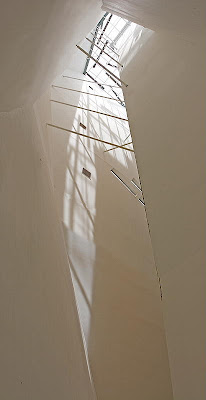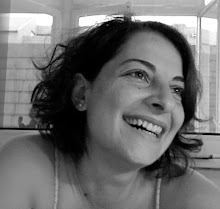

Open to the public from September 27th in San Francisco's Golden Gate Park, Renzo Piano Building Workshop's new piece, the California Academy of Science is simply a stunning example of beautiful and environment oriented architecture.
from the Academy's website:The new Academy is a single structure but contains multiple venues, including the aquarium, the planetarium, the natural history museum and the 4-story rainforest. In addition, there's a new 3D theater, a lecture hall, a Naturalist Center, two restaurants, an adjacent garden and aviary, a roof terrace, and an Academy store.




 a series of pics of the living roof
a series of pics of the living roof

From the basement to the roof of the Academy's new building, the choices behind each element of construction reflect a commitment to energy efficiency, reducing the carbon footprint, and preserving the natural world.
The Academy is believed to be the greenest museum in the world, and is on course to earn the highest rating possible for Leadership in Energy and Environmental Design (LEED).
Some numbers:
- 90% of all demolition materials were recycled
32,000 tons of sand from foundation excavation applied to dune restoration projects in San Francisco
- 95% of all steel from recycled sources
- 15% fly ash (a recycled coal by-product), 35% slag in concrete
- 50% of lumber harvested from sustainable-yield forests
- 68% of insulation comes from recycled blue jeans
- 90% of office space will have natural light and ventilation
- 60,000 photovoltaic cells; 213,000 kilowatt-hours; 5% to 10% savings of electricity
- 30% less energy consumption than federal code requirement
Well, simply Renzo Piano!
more info on the building and the Academy program
here


























































